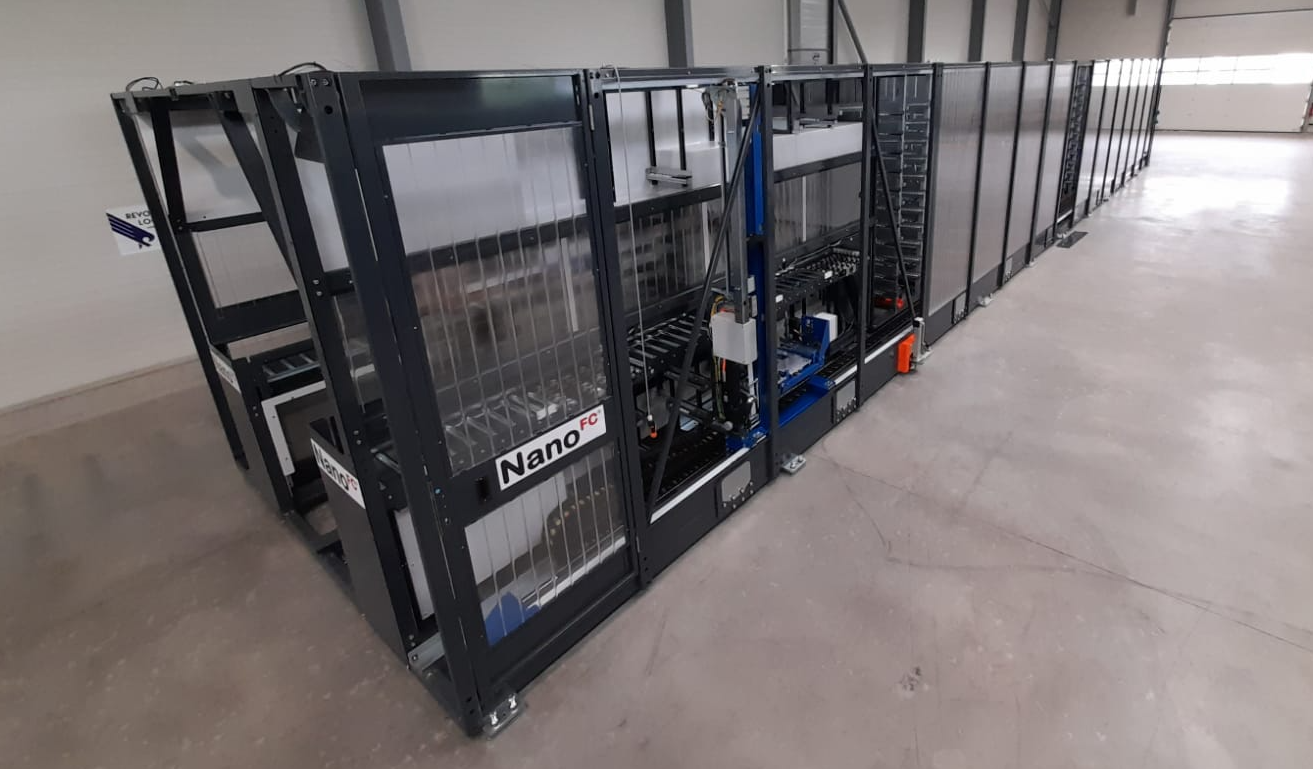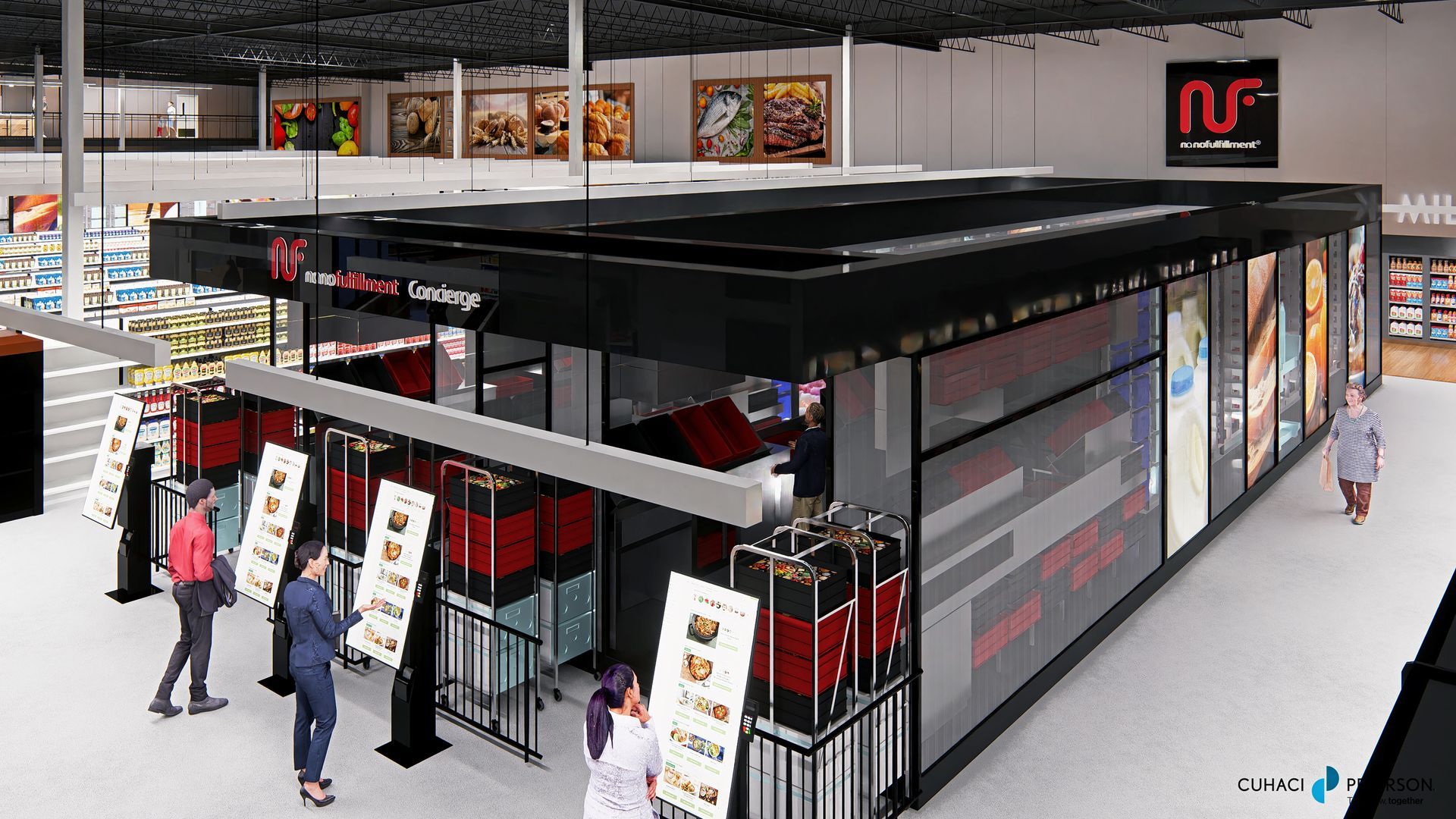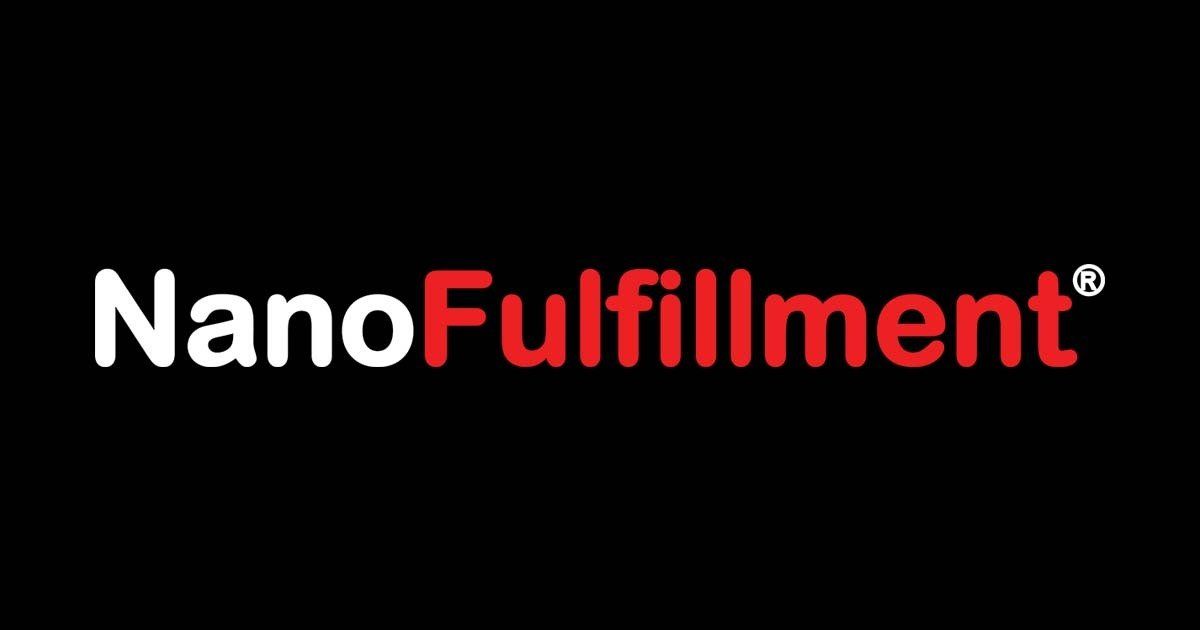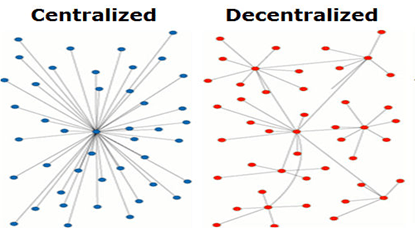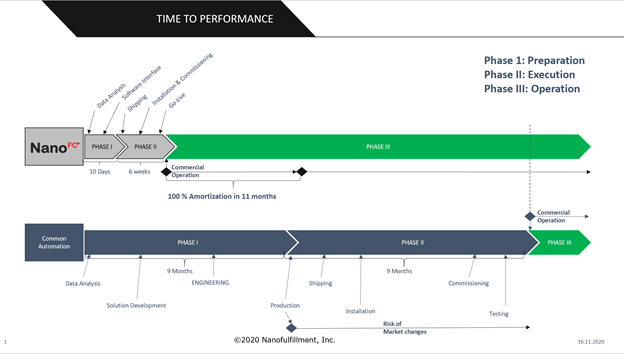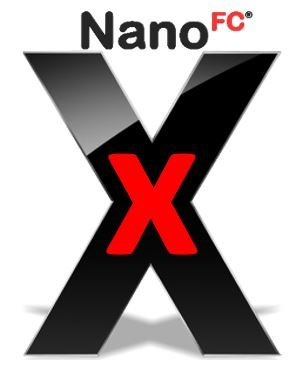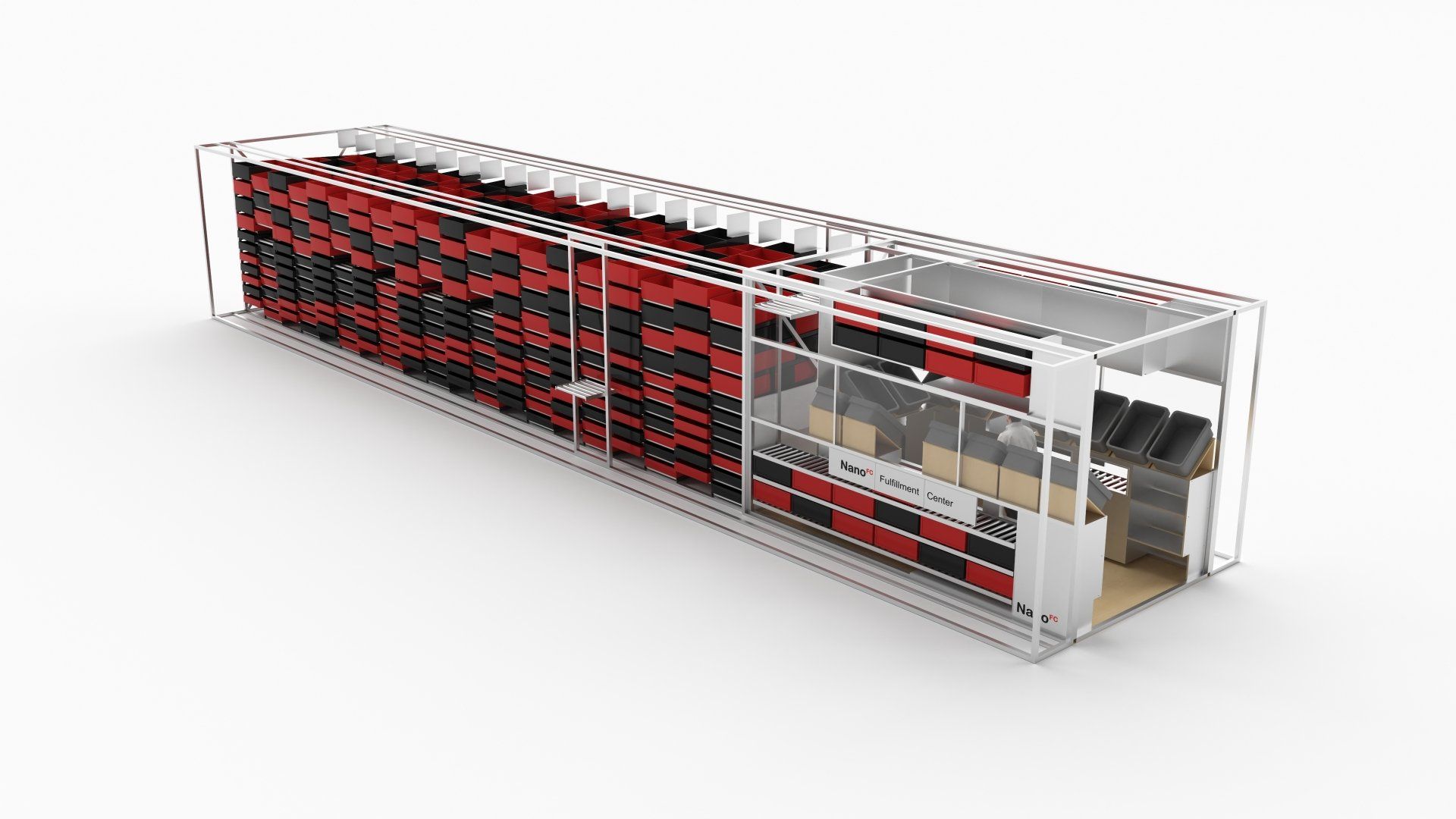Is Micro-fulfillment Failing?
Overcoming the challenges to Micro-Fulfillment
Micro-fulfillment can be described as the concept of combining warehouse automation and retail stores in urban areas to locally fulfill B2C eCommerce and BOPIS orders The combination of automated order fulfillment technology, co-located in urban areas, brings inventory closer to the end-user, while leveraging the productivity and efficiency of automation.
This de-centralized fulfillment strategy enables retailers to instantly fulfill customer orders while reducing final-mile costs. Essentially, it is currently the best strategy out there for retailers to keep up with the emerging on-demand economy. There is an abundance of micro-fulfillment solution providers:
All these systems promise affordable automation, fast deployment, and maximum order fulfillment efficiency. But let us take a pause right there. Micro-fulfillment is a strategy, not a technology. Technology is only the enabler. Many retailers underestimate the challenges that come with these technologies.
Challenges:
Maturity:
o Micro-fulfillment technology is really just a down-sized version of existing warehouse automation technology. We haven’t reinvented the wheel!
Cost:
o The entry level cost for micro-fulfillment solutions is approx. $4,000,000 USD, service & maintenance not included
Size:
o This technology fits into 10,000 SF. But that’s only half the total space required for all related processes
Building Infrastructure:
o The building infrastructure requirements are often underestimated (floor slab, power, noise levels, etc.)
Operating Cost:
o The annual operating cost, combined with service and maintenance cost, can be excessive
Host Integration:
o The system host integration can be complex and requires many resources
Deployment:
o A typical micro-fulfillment system requires 10-12 months from contract execution to Go-Live
o Once built, it also cannot be redeployed
Slotting:
o How to slot the micro-fulfillment machine, to maximize its efficiency? What days-on-hand inventory delivers the right balance? How do I efficiently replenish the system?
Transaction Fees:
o Revenue based transaction fee model. Some MFC providers charge x% of each sales transaction to retailers
There is little doubt that the de-centralized fulfillment strategy micro-fulfillment creates, is the best strategy to capitalize on today’s growing E-Commerce market. But the real challenge is finding the right technology. Investment, time to execute, and life-cycle cost are the major factors that need to be considered.
So what is the solution? Do the most common solution providers have an answer to the challenges listed above? Or are they trying to stick a square peg in a round hole?
So now that we are a few years into the micro-fulfillment journey, what should retailers and solution providers alike be focusing on? If the strategy is proven, surely the focus must be on the technology?
What if?
- Solution providers would develop technology that focusses on tackling the common challenges?
- Micro-fulfillment technology would be affordable? Less than $1M USD?
- The technology could be deployed within days…and be re-deployable in future?
- Requires only 1,000 SF?
- You are able to adapt to building infrastructure requirements?
- Offer a standardized and simple host system integration?
- Offer a < 3 year ROI?
NanoFulfillment© made it our purpose to focus on exactly these challenges. A series of challenges which we have overcome. A paradigm shift in fulfillment strategy also requires a new approach to technology. Micro-fulfillment is an opportunity for all retailers to leverage the benefits of automation, not just the big guys.
Nanofulfillment© technology combines the benefits of automated system technologies with the purpose and operational requirements of a de-centralized fulfillment strategy. Think micro-fulfillment, but consider Nanofulfillment© technology as the best-fit solution.
#GoNano #GoMicrofulfillment #GoTomorrow




